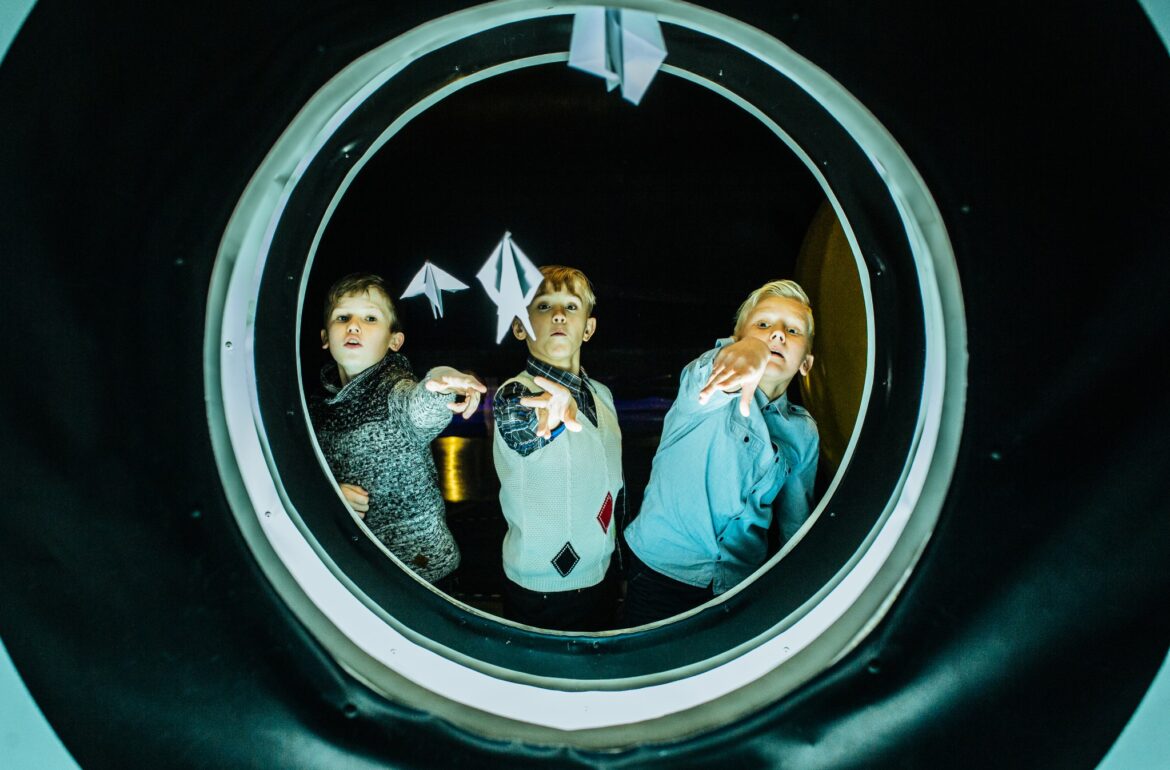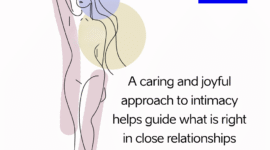At some time in life, we can all be easily hurt or attacked, but some groups of people are more vulnerable than others. For example, elderly people are more vulnerable because their health may not be in the best shape anymore. Children can be easily hurt both mentally and physically because they may not have had so many experiences to help them deal with different situations in life.
Reasons and factors for getting hurt can be carried out by people or their environments and these can affect people’s lives, explained Dagmar Kutsar, Associate Professor at the University of Tartu, Faculty of Social Sciences. Kutsar is especially focused on researching children’s perspectives. “Understanding vulnerabilities is important to ensure that children will succeed better in influencing their own lives positively, to do their agency,” she added.
The ability and the will of people to positively influence their own lives and world around them; the capacity to set a goal, reflect and act responsibly to affect change is named agency. It is one of the key concepts in the OECD Learning Compass 2030, next to knowledge and transformative competencies. Kutsar noted that in many recent political discussions and position papers in Estonia and beyond, agency is set in the centre of social actions to guarantee societal success.
At the beginning of 2020, Kutsar and her colleagues started with a follow-up research project that is aimed to study vulnerability in childhood – how it is created within subjects, shared in relationships with other people – other children, parents, specialists, such as teachers, social workers, and judges – and created by welfare, education and justice systems. She added that they want to understand the theoretical perspective of children: “We are all vulnerable sometimes, so are children, but we want to understand the processes how vulnerabilities are produced and reproduced in a co-agency process. In our work, we have seen and heard that children’s evaluation of their lives and well-being is not dependent on the GDP of their homeland, but their closest social relations and systems.” Closest social relations and systems for children are inside families and in school.

Many Children Do Not Enjoy Going to School
Estonian schoolchildren are famous for their good results in PISA tests, but there is a lack of liking school besides outstanding factual knowledge. The Children’s Worlds international research shows that Estonian pupils, as well as peers from Germany, Poland, and the UK, lose a great amount of their school joy between 2nd and 6th grade. It is important to note that good or outstanding factual knowledge is not in causal relation with shortcomings of children’s well-being, but this decrease shouldn’t be overlooked too, said Kutsar who is the Principal Researcher of this international study in Estonia. She explained that if a pupil gets good results in PISA tests, this does not cause him or her to feel bad about school or vice versa. However, the decrease shows that something important for children changes within these years.
The national report of Estonia shows that the general attitude towards liking going to school is the most critical: only 61% of the 10-12-year-old respondents admitted that they like going to school and 12% said they do not like it. The main reasons Estonian students brought out when speaking with researchers were insecurity caused by bullying and unfair treatment by teachers. “Therefore, security and fair treatment are important factors for children and their surrounding systems to carry fewer vulnerabilities,” explained Kutsar.
One possible step towards better solutions is the network of different support specialists, but Kutsar said that if misused, this can reproduce even more vulnerability. “This is paradoxical but we see that vulnerability may be not in the child but in the surrounding systems: parental skills, how the teacher or a therapist treats the child. The adult may have their own unsolved problems that can affect their interaction with children,” she noted. Therefore, this is another important aspect to be aware of – the well-being of surrounding adults.
Kutsar mentioned another situation: if there is generally one teacher per class until 4th grade in Estonia, this leads to pupils having different teachers for every subject from then onwards. “It is a challenge for children. Imagine if emotional closeness is the very basic need for all of us and children have got used to one teacher to then suddenly meet a new teacher after every 45 minutes. How can we speak about building security and trust with a teacher if a child has got a problem?” she asked. “The education system itself creates vulnerability.”
Great Plans Ahead
Kutsar and her colleagues have researched children’s subjective well-being since 2013 when they started with the Children’s Worlds study in Estonia. Since then, they have published many articles on the topic. “Assessment of subjective well-being shows one’s potential to achieve aspirations. It means how the surrounding systems and relations affect the activity and personal development of one young person,” Kutsar noted.
She also explained how researching subjective well-being supports understanding and interpretation of other research, such as PISA, for example. “In PISA 2018 there was the question of how children themselves usually feel. In the Children’s Worlds study we ask how often children have felt three positive and three negative feelings during the last two weeks. In this way, we see more what is behind the percentages,” Kutsar said.
Following plans of the research team consist of creating a concept, operationalization and creating an internationally applicable index of vulnerability. In addition, they will study children’s vulnerability intersubjectively and compare children’s subjective well-being in more than 35 countries in the world.
Children’s Worlds is an international study of children’s subjective well-being that has researched more than 90,000 children in countries all over the world. It began in 2009. Estonia joined with the second wave in 2013.
Additional publications:
Schools for well-being? Critical discussions with schoolchildren
Written by: Marii Kangur
The proofreading of this article was funded by the European Regional Development Fund through Estonian Research Council.
 Back
Back



